There is history of photography starting with an exposure requirement for eight hours to what is now a matter of a split second. Initially a photograph was considered a matter of art and every effort was made to render the photograph into a form resembling a painting. Occasionally the lenses were smeared, and the negatives were touched, faded or scratched to produce special effects.
With the passage of time, the importance of photography was realized in almost all walks of life. Not only that some photographs acquired historic importance but also a few even impacted the course of history by serving as an important impetus and prompting events to occur or to prevent their occurrence or correcting things proactively. The lynching photograph by Lawrence Beitler gave impetus to the Civil Rights movement. Robert Capa’s photography of Omaha beach, Normandy, France on D-Day bench-marked photojournalism, setting new milestones for war photographers. According to Robert Capa, ‘If your pictures aren’t good enough, you aren’t close enough.’
Dorothea Lang’s famous photograph, ‘Migrant Mother’ exposed the true face of the Great Depression. Eddie Adams’ ‘Murder of a Vietcong by Saigon Police Chief’, won him a Pultizer Prize in 1969, and had great political impact.
1. Lawrence Beitler
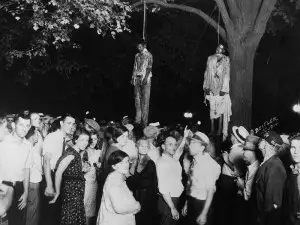
Lawrence Beitler was born on February 22, 1948 and died on July 17,1961. He was a photographer best known for his lynching photograph of historic importance, taken on August 7, 1930. He photographed the bodies of two black men- Thomas Ship and Abraham Smith- hanging from a tree surrounded by a mob of white people. The photograph inspired Jewish poet, Abel Meerpol to write the poem ‘Strange Fruit’ which gave impetus to the Civil Rights movement. The term lynching was named after Charles Lynch who was an American farmer and revolutionary.
2. Nicephore Niepce
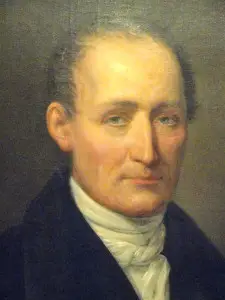
Nicephore Niepce was born in Chalon-sur-Saone, Saone- et-Loire, France on March 7, 1765. He died in Saint-Loup-de-Varennes, Saone-et-Loire, France on March 7, 1786. He was an inventor who developed the internal combustion engine in coordination with his brother, and successfully launched a boat upstream in the River Saone. He received the patent for the invention from the emperor Napoleon Bonaparte. Nicephore Niepce is best remembered for taking the first photograph in history. It is a scene taken by a camera which was something like a projector. The picture ‘View from the Window at Le Gras’ required 8 hours exposure. He tried different techniques like lithography and heliography or sun-writing. He experimented with various materials like silver chloride, bitumen, and oil of lavender.
3. Arnold Genthe
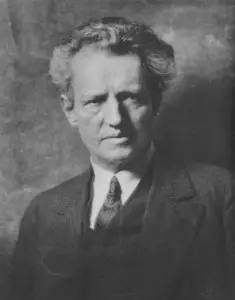
Arnold Genthe was born to Hermann Genthe and Louise Zober in Berlin, Germany on January 8, 1869, and died on August 9, 1942. He was a self-taught photographer and is best known for his more than 200 Chinatown pictures. He built a studio which was destroyed in the 1906 earthquake and fire. He photographed the devastation caused by the earthquake. Arnold Genthe’s picture ‘Looking Down Sacramento Street, San Francisco, April 1806’, is his most famous photograph. He was well known among the city elite and his clientele included Nance O’Neil, Sara Bernhardt, Nora May French and Jack London. His 200 china town pictures are the only surviving photographic record of the area before the earthquake of 1906.
4. Lewis Hine
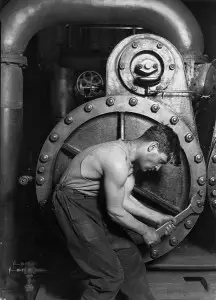
Lewis Wickes Hine was born in Oshkosh, Wisconsin, US in 1874. He was educated at University of Chicago, Columbia University, and New York University. He utilized documentary photography as an effective tool for social reform. He worked initially focusing on immigrants, but later focused on child labor. He is best known for his photograph titled ‘Break Boys 1910’. The photo shows child laborers working to separate coal from slate. The picture impacted the then prevalent laws and this photographed helped to outlaw child labor.
5. Buzz Aldrin
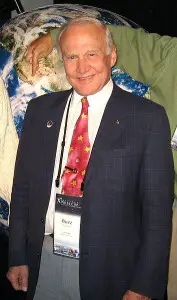
Buzz Aldrin was born on January 20, 1930. He is an American Air force pilot and astronaut. He was the Lunar Module pilot on Apollo 11- the first manned landing on moon. He was the second person to walk on moon. Neil Armstrong was the first person to set foot on moon and the foot steps will last and remain undisturbed for millions of years to come. Aldrin’s lunar footprint (photographed by him) is a unique addition in the recorded history of photography. Aldrin has been honored with many prestigious awards.
6. Murray Becker
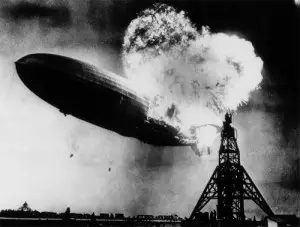
Murray Becker was born in Brooklyn and died at the age of 77 in North Miami Beach. He received his early education at Boys High School. He worked for the New York American and The Albany Times-Union prior to joining the Associated Press as photographer in 1929. His photographs of the burning ship- the ‘Hindenburg Disaster’, and ‘Weeping Lou Gehrig’ are among the most celebrated photographs in journalism. He photographed the fatally ill first baseman Lou Gehrig wiping away a tear while saying farewell to his Yankee team mates and 60,000 fans at Yankee Stadium on July 4, 1939. His famous pictures of the Hindenburg disaster are comprised of 15 shots taken from the first flames to last survival, at lakeshurst, N.J. on May 6, 1937.
7. Bernard Hoffman
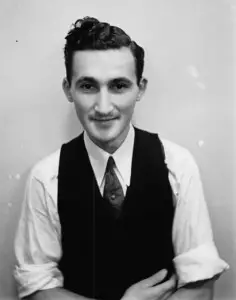
Bernard Hoffman was born in New York City, New York, US in 1913 and died in 1979. He started developing his photographs in childhood as a hobbyist. In 1935 he joined Life as Staff photographer and most of his photojournalism was done in the first 18 years of his service with Life. He is best known as the first American photographer to shoot pictures on the grounds of Hiroshima and Nagasaki after the catastrophic atomic bombing of the two cities of Japan. He made the world know of the destructive power of the nuclear bombs dropped on the two cities in 1945.
8. Vittorio Sella
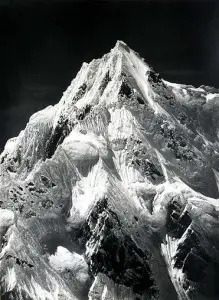
Vittorio Sella was born on August 28, 1859 in Biella in the foothills of Alps and died on August 12, 1943.He inherited interest in Alpinism from his uncle. He took part in many hiking expeditions and made many important climbs including the expedition to the Caucasus where a peak is named after him. His expeditions also include Mount Saint Elias in Alaska, Rwezori in Africa and K2 as well as Karakoram in Pakistan. Vittorio Sella’s photographs of mountains were extensively published, exhibited, and appreciated.
9. Nick Brandt
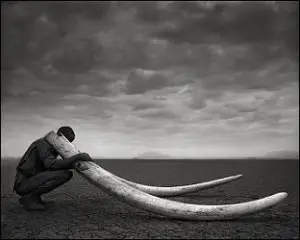
Nick Brandt was born in 1966 and was raised in London. He received his education in painting and film at St. Martin School of Art. After moving to the US he directed many award winning videos with stars like Michael Jackson, Moby, Jewel and Embrace etc. He photographs exclusively in Africa, with the sole objective of preserving the biodiversity before it is lost at the hands of man.He fell in love with East African land and animals while directing Earth Song for Jackson in Tanzania. ‘Ranger with Tusks of Killed Elephant, Amboseli 2011’ is one of his famous and representative pictures.In it a ranger holds the tusks of an elephant killed by the poachers.
10. Ansel Easton Adams
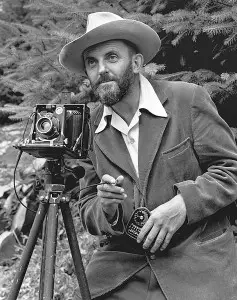
Ansel Easton Adams was born to Charles Hitchcock Adams and Olive Bray Adams, in San Francisco, California,US on February 20, 1902. He died in Monterey, California on April 22, 1984 at the age of 82. He was a famous American photographer best known for his black and white photographs of American West and Yosemite National Park. Ansel Easton Adams, along with Fred Archer, developed the Zone System as a method to ensure proper exposure and contrast adjustment in the final print. Clarity and depth of his prints is characteristic of his pictures.
Conclusion:
Not everything about photography and photographers is as good as it ought to be. There are grey areas like obscenity and yellow journalism, which however constitute only a meager fraction when compared with the positive aspects of photography. It can be said without hesitation that no other art form has impacted and changed the course of history as drastically and as many times as photography.










Leave a Reply